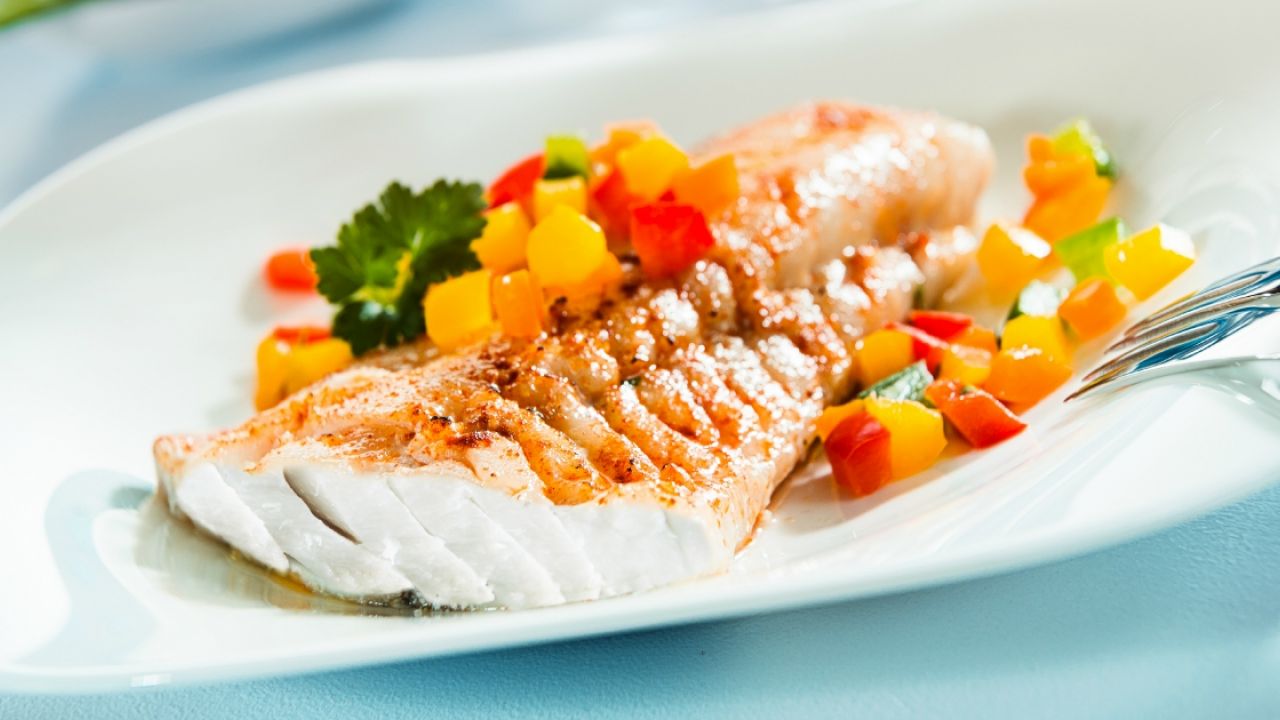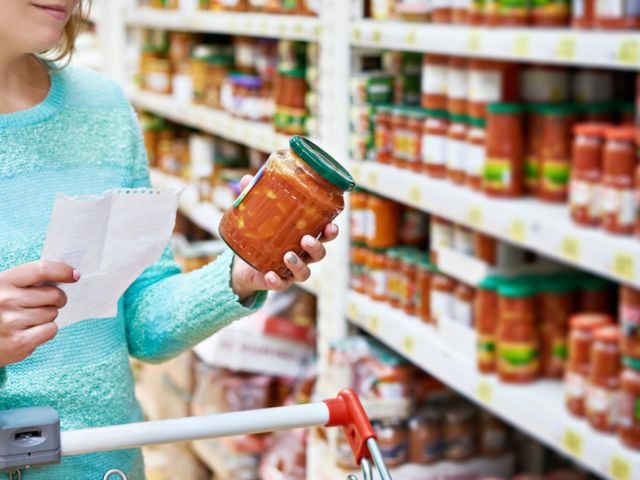
Seafood is good source of lean protein and healthy omega-3 fatty acids. But some types of fish contain high levels of mercury, a heavy metal that’s harmful to human health when consumed in large amounts.
While the benefits and risks apply to everyone, they’re greatest for young children, pregnant and breastfeeding women, women who might become pregnant and individuals with heart disease.
How can you know how much you can eat?
Last year the U.S. Food and Drug Administration and the U.S. Environmental Protection Agency updated their recommendations on seafood consumption. For the first time they suggested a minimum amount of seafood some people should eat in a week in order to get more omega-3s.
The organizations advised young children, pregnant and breastfeeding women and women who might become pregnant to eat between eight and 12 ounces (approximately two to three servings) of a variety of low-mercury fish per week. They cautioned against eating four types of fish that are high in mercury: king mackerel, swordfish, shark and tilefish; and they recommended restricting white tuna, also known as albacore, to six ounces a week. Read more about the FDA/EPA advice.
EWG believes that these guidelines are dangerously off the mark. Some people will ingest too much mercury, and many others will not get enough omega-3s in their diet. The best solution is one or two servings per week of seafood high in omega-3s and low in mercury.
Balancing high omega-3s with low contaminants is most important for pregnant women, nursing moms and children, who should make an extra effort to limit mercury. Even small amounts of mercury exposure can harm a developing fetus and permanently reduce a child’s intellectual abilities.
Which fish make good choices? What are smart serving sizes? Here are some tips for reaching the best balance when eating seafood:
Eat these fish. EWG calls wild salmon, sardines, mussels, rainbow trout and athletic mackerel “best bets” for high omega-3s, low mercury and sustainability. Aim for one or two four-ounce servings per week. Concerned about sustainability? Learn more here and visit the Monterey Bay Aquarium Seafood Watch.
Think small. Small fish and shellfish can offer a good combination of high omega-3s and low mercury. Try oysters, anchovies, sardines and herring. Up to three servings a week can be safe for pregnant women.
Look for good fats. Most of the seafood Americans eat is relatively low in omega-3s. This includes shrimp, catfish, tilapia, clams, scallops and pangasius. If you are pregnant or nursing you’ll miss out the important benefits of omega-3s unless you add some salmon, trout, oysters or other “best bets”.
Add these to your skip list. In addition to the government’s recommendation not to eat king mackerel, swordfish, shark and tilefish, EWG cautions against marlin, orange roughy and bluefin and bigeye tuna steaks or sushi. Pregnant women and children, in particular, should never eat these fish.
Beware of canned tuna. Canned tuna is a pantry favorite: affordable, high in protein and high in omega-3s. But it’s also high in mercury. Try a can of salmon instead, or choose lower-mercury light tuna. Limit this to one serving per week for kids, and two servings for pregnant or nursing women.
Get tailored advice for your age, weight and health. Each person’s dietary and health needs are unique. Use EWG’s Seafood Calculator to find out what’s right for you and your loved ones.
Visit EWG’s Consumer Guide to Seafood to learn more about healthy seafood choices.



